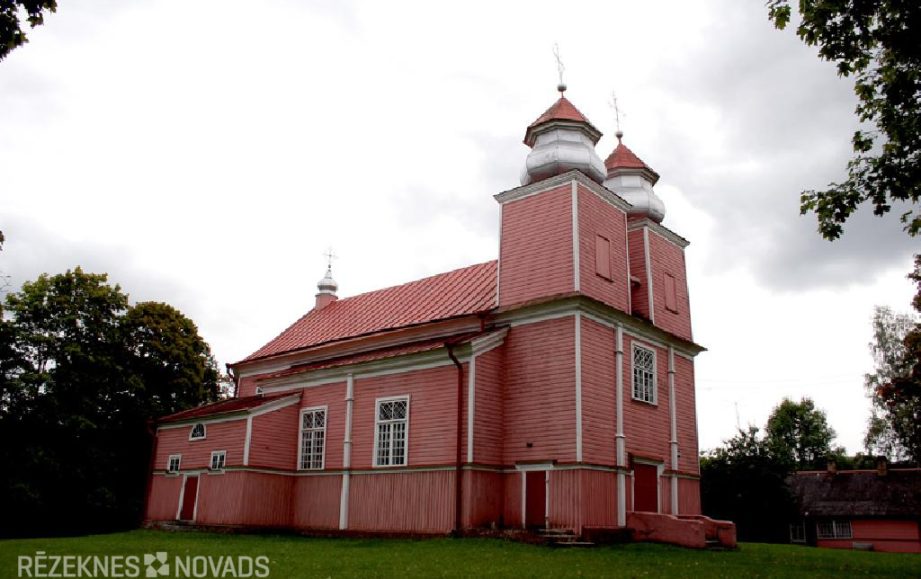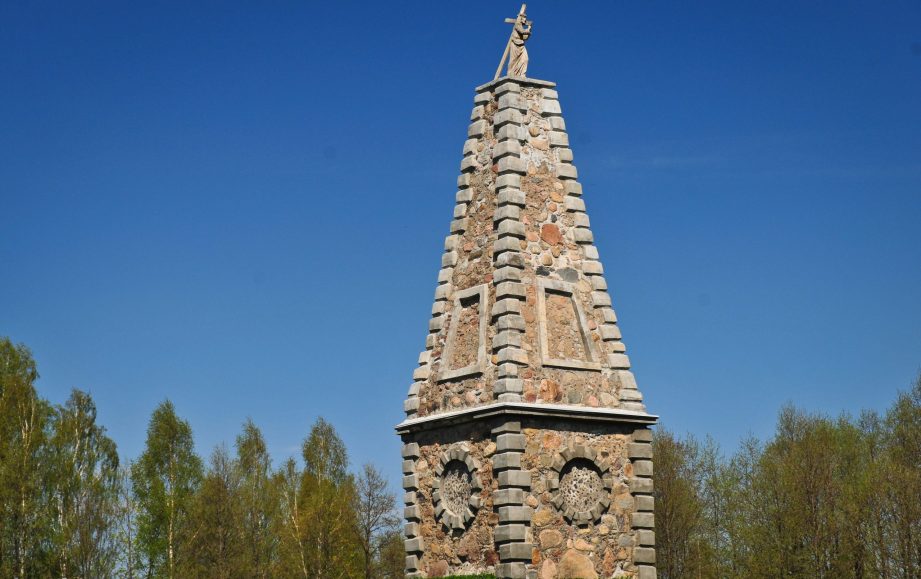Viewing objects and historical persons
Feimaņu parish was born in a microbiology doctorate Eugenius Ciblis, who became head of the Institute of Microbiology of the Land of Baden-Württemberg, engineer engineer, engineering scientist Eduards Ciblis, ceramic, People's Dark Master Janis Backansparticipant in World War I and Latvian Freedom Fight, Caucasian of Viestura Order Stanislav Kowalevsky, linguist, interpreter and poet Ivars Magazeinis (Yuan Ryuchan), former Deputy Chief of Security Police of Class I, Police General Janis Reiniks, Latvian millionaire Valentin Kokalis he was born and spent his youth at Lake Feimaņu.
Tourism is one of the most promising developments in rural development. IN THE territory OF Feimaņu parish, 10 cultural historical monuments of national significance are located: 1 architecture, 6 archaeology and 3 art monuments, as well as 4 local monuments (2 architectures, 2 archaeology).
Most significant architectural monument of Latvia Feeds are Catholic Church (built from 1756 until 1760), which has been awarded the European Heritage Architectural Heritage status. Among all the churches of Rezekne, the church of this tree stands out with the largest number of art objects of national significance. As of 1710, there was a list of congregation minds, showing that THE Feimaņu church was an excellent clerk. Also served in Jezups Macilevičs in 1850, he issued a first-time book of content in Latgalian language “Pawuiceišona and wysaidi sposobi dance Latvišu”. Decane and Livonian Canonic Joseph Kirkillo In feathers, the poor grew up, where even noble people had lived.

Preilu - Feimaņu at the edge of the road is the so-called Myura cross. This stationary monument links the attention of passioners, especially when it comes to the first time. Cross was raised by canonic Joseph Kirkillo for the anniversary of the anniversary of the Pope, in 1828. In 1990, the monument was restored, the cross-media figure was made by Latgale cockpit Anton Ranāns.

There are many crucifixes in the parish area, 5 ancient graves. In 1978, the still-unknown footman was discovered, a fuck stone with two human feet, a horse's foot, and a cross.